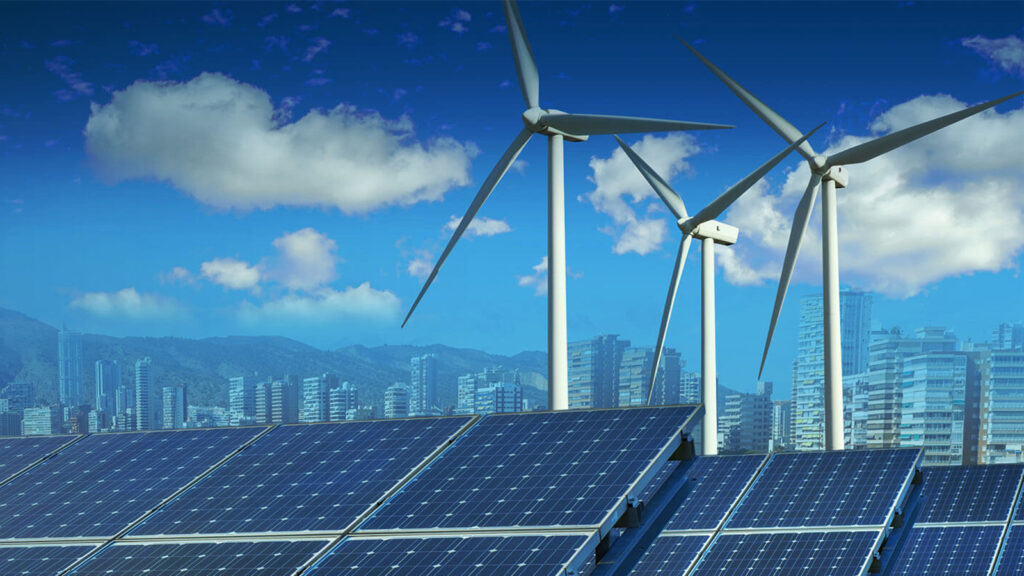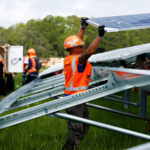The concept of smart microgrid has become hot in recent years, so what exactly is a smart microgrid? What are its components? What are the application scenarios? You must have questions about it. In this article, we will reveal them all for you.
First of all, we should understand the concept of microgrid. Microgrid is composed of distributed power supply, electricity load (important, adjustable and other types of load), energy management system, etc. It is a power supply and consumption system that can basically achieve internal power balance. The distributed power supply includes distributed photovoltaic, decentralized wind power, gas turbine, electrochemical energy storage, supercapacitor, etc. The energy management system includes monitoring, protection and automation devices.
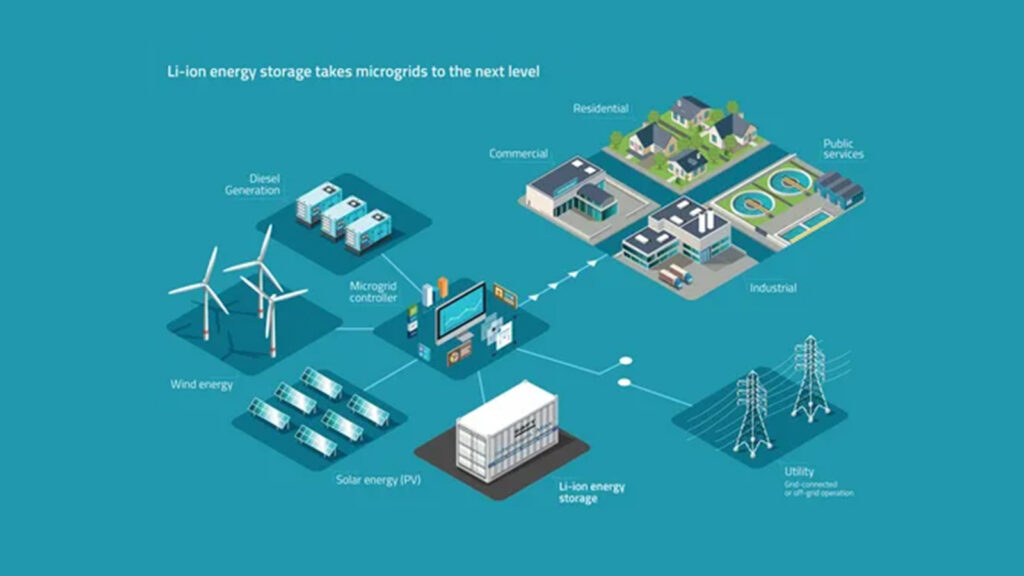
Application scenarios of microgrid:
Application scenarios of microgrid:
Microgrid is not a power supply and consumption system that can be commonly used by a wide range of people. It is mainly used in:
1. remote areas with off-shore or isolated energy demand;
2. areas with weak grid or high energy cost;
3. parks with high demand for energy stability and quality.
Characteristics of microgrid:
1.Micro: Microgrid voltage level is generally below 35kV; system size is generally megawatt or below; connected to end-users, local utilization of electricity.
2. Clean: The power source of microgrid is mainly clean energy.
3. Autonomy: The microgrid can achieve basic self-balancing, and the power exchange with the external power grid generally does not exceed 20% of the total power.
4.Friendly: Microgrid can support the large grid, provide high quality and reliable power to users, and smoothly switch between grid-connected and off-grid modes.
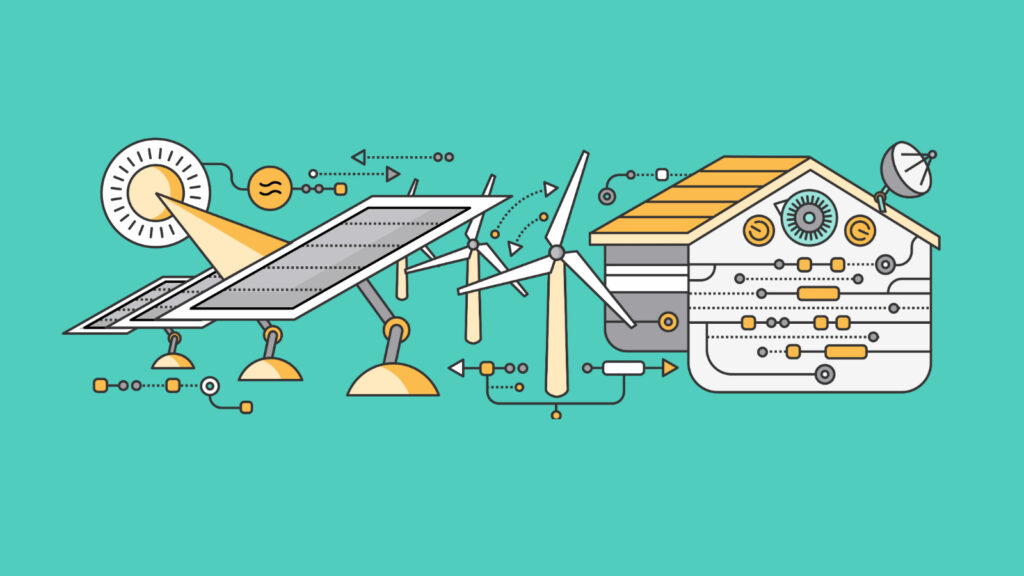
Microgrid operation modes:
1. Grid-connected mode, i.e. microgrid system is interconnected with the grid for power exchange.
2. Off-grid mode, where the microgrid system achieves internal energy self-balancing.
3. Transient switching mode, in which the microgrid area is connected or disconnected from the grid at the moment of state, the system needs to reduce the disturbance caused by transient switching and ensure the stability of frequency and voltage.
Microgrid technology:
1.Energy storage
Energy storage is an indispensable part of microgrid, which plays the role of peak-shaving and valley-filling in microgrid and greatly improves the efficiency of intermittent energy utilization. The current energy storage mainly has battery energy storage, flywheel energy storage, superconducting magnetic energy storage, supercapacitor energy storage, the current more mature energy storage technology is lead-acid batteries, but there are short life and lead pollution problems, the future of high energy storage, low cost, high quality performance graphene battery market will bring spring to the energy storage industry. Energy storage technology is the current development of high cost, the world is attacking this technology, but all have a common purpose, that is to achieve “low cost + high energy storage”.
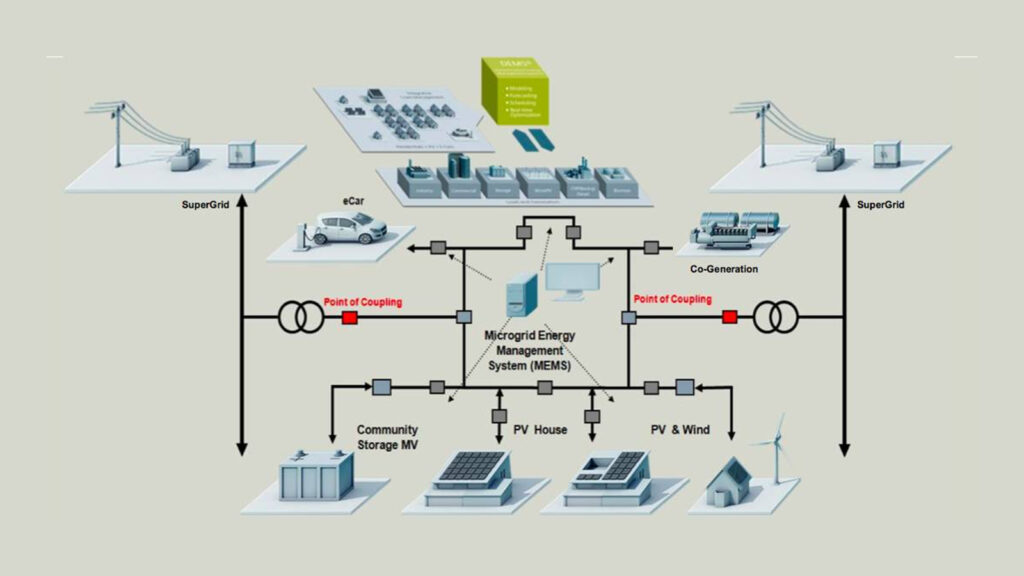
2. Grid scheduling system
Unlike the traditional grid dispatching system, the smart microgrid dispatching system is a horizontal multi-energy complementary optimal dispatching technology, which can fully exploit and utilize the direct complementary alternative of different energy sources. It can realize the exchange of different kinds of energy sources. Each kind of energy in the source-storage-load each link less hierarchical orderly gradient optimization scheduling, to achieve the optimal energy utilization efficiency.
3. Protection technology
There are multiple power sources and multiple loads in the smart microgrid, and the regulation, switching and control of these power sources are done by the microgrid control center. In addition to monitoring the power parameters, switching status and power quality and energy parameters of each new energy generation system, energy storage system and load, the micro-grid control center also carries out energy saving and power quality improvement.
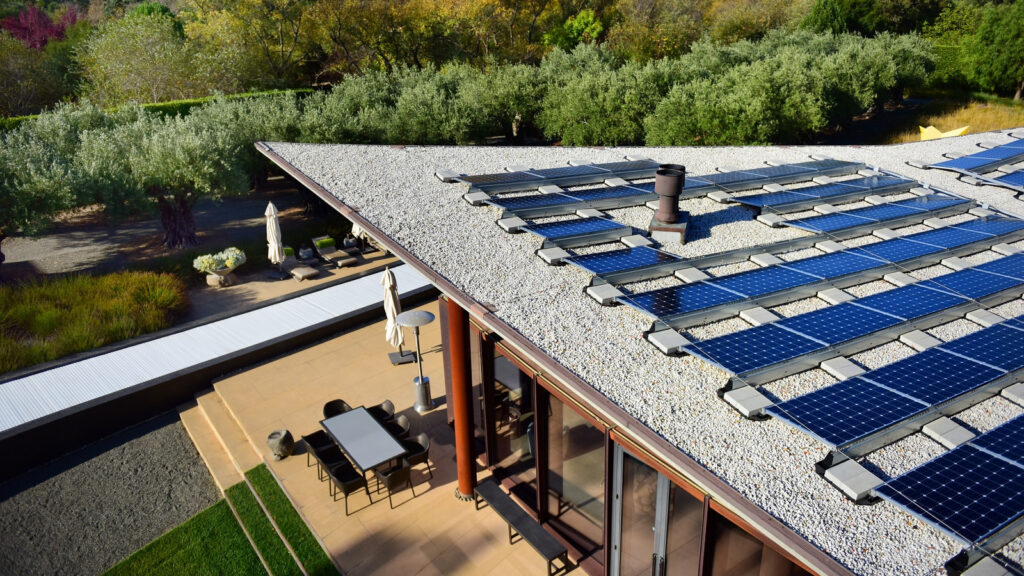
Maysun Soar is a professional manufacturer of photovoltaic modules with 15 years of experience in the industry, and we can provide you with excellent products and experience in dealing with problems. Welcome to consult us by clicking the button.
You may also like:

Empowering Factories with Solar Energy A Strategic Tool for Controlling Production Electricity Costs
Commercial and industrial solar is becoming a key solution for factories to reduce electricity costs and hedge against price fluctuations. This article systematically analyzes its deployment models, cost advantages, and sustainable value pathways.

How Businesses Can Offset Carbon Taxes with Solar Power
This article analyzes the latest carbon tax policies and photovoltaic deduction strategies, helping European businesses legally reduce taxes, increase profits through solar investment, and achieve a win-win situation for both economy and environment.

Forecast and Response: Seizing the Next Decade’s Growth Dividend in Europe’s Commercial and Industrial Photovoltaics Market
Maysun Solar analyzes the growth trends of commercial and industrial photovoltaics in Europe over the next ten years, from policies and ESG to technological innovation, helping companies seize the initiative in the energy transition.

How to Calculate Solar System ROI and Optimize Long-Term Returns?
Solar power is becoming a key solution for businesses to reduce costs and improve efficiency. Accurately calculating ROI and optimizing long-term returns are essential to maximizing investment value.

Will Agrivoltaics Affect Crop Growth?
Agrivoltaics combines solar energy and agriculture to reduce up to 700 tons of CO₂ per MW, improve water use, and boost crop growth for sustainable farming.

6.5 Billion Loss Hits Photovoltaics: Reshaping or Elimination?
In 2025, the photovoltaic market may see a turnaround as some companies take early action. A €6.5 billion loss is driving businesses to explore new growth areas like energy storage and hydrogen. Which giants will break through? Industry transformation is accelerating!

